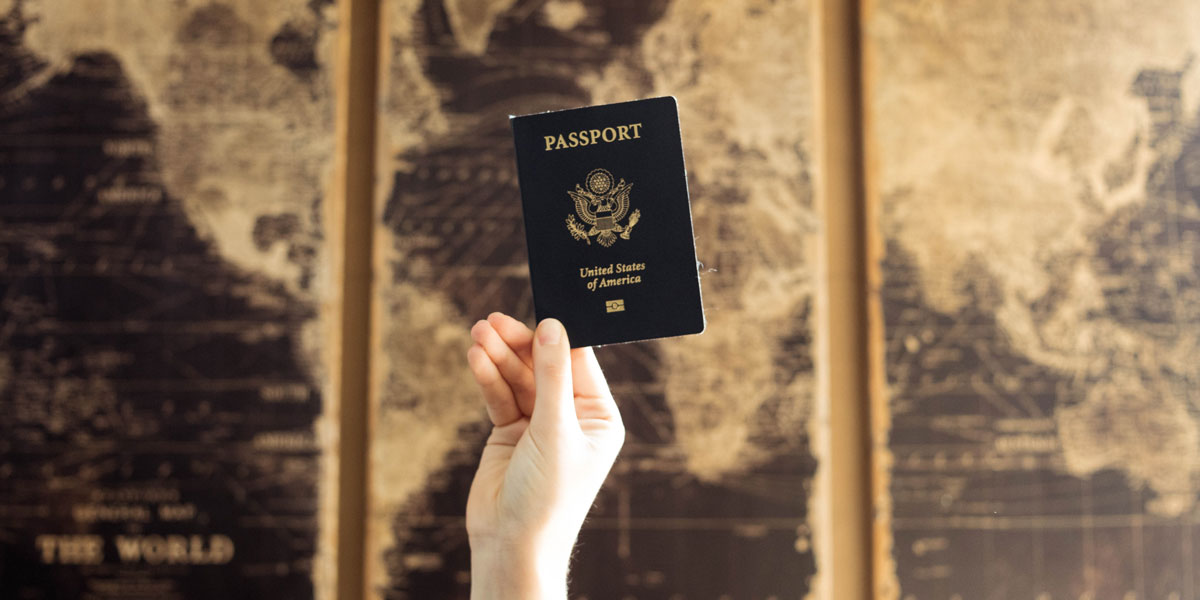What’s the most tedious part of travelling? Excluding losing your luggage or missing your flight, most people would agree that waiting in line at border control might be it. Although tedious, it’s essential for international security, and the entire process relies on a small book each traveller carries.
The good news is that some countries are advancing on digital and artificial intelligence to limit wait time. For example, France is committed to having full biometric capability by 2024. China is also using facial recognition systems for nationals, and the UAE has entered the era of scanning.
Although these countries are offering a new digital way to go through security, how did we get here?
Travelling is a notion that dates back to nomadic lifestyles. However, as some groups became territorial, passing through lands became harder. Bible scriptures report the first form of border permission as “a safe passage”.
As kingdoms grew, so did rivalries. In 1414, King Henry V, the former King of England, issued documents to anyone who agreed not to start a war while moving across territories. Later, the record became known as a “passport”, a term that describes the passing from one port to another.
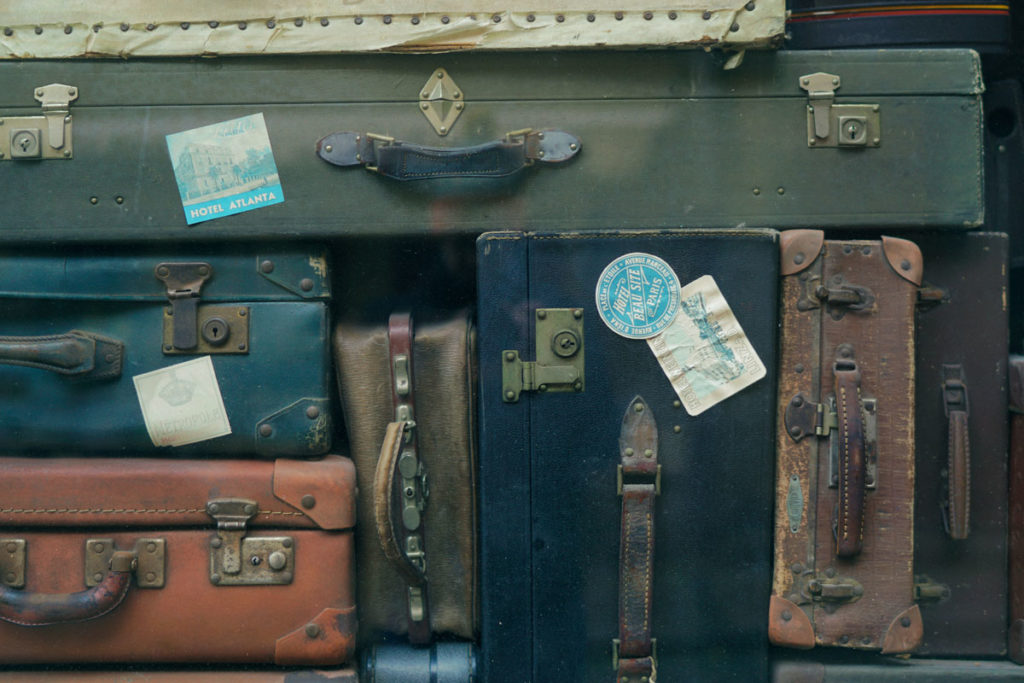
In 1414, King Henry V issued documents to anyone who agreed not to start a war while moving across territories. Later, the record became known as a “passport”, a term that describes the passing from one port to another.
After World War One, passports became a priority as immigration became even more common. The Great War redefined borders, and in some cases, started civil wars. Those who sought refuge began to move to different countries in a rush and often undocumented.
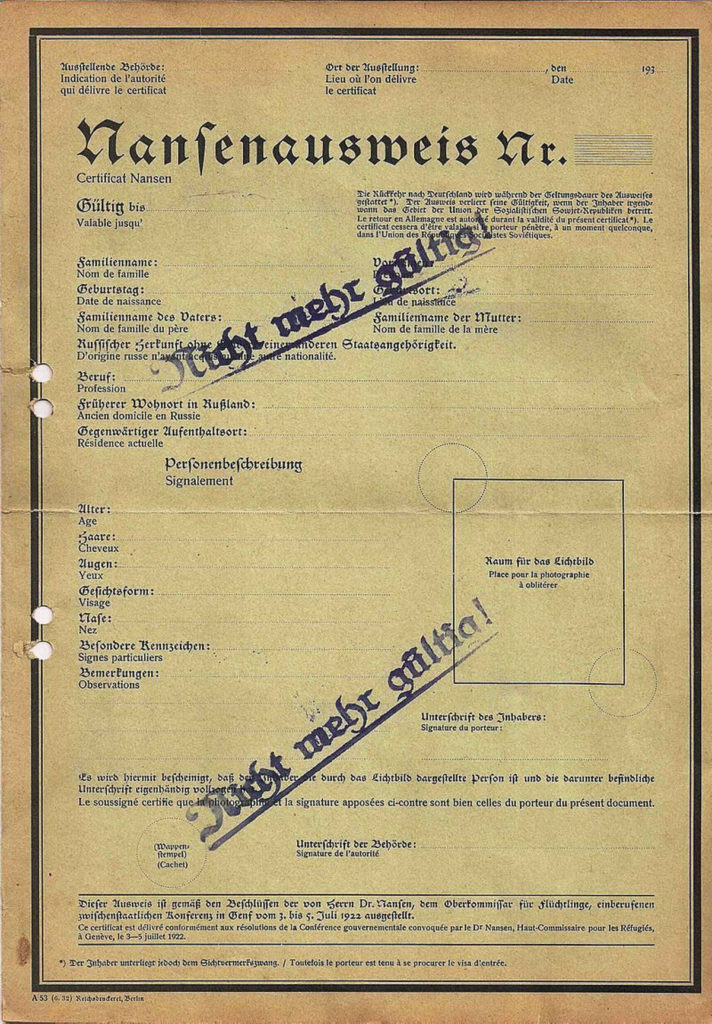
In 1921, due to the Russian Civil War, the government revoked the citizenship of thousands of Russians that left the country. A year later, the League of Nations (now known as the United Nations) issued the Nansen passport to verify the identity those in the region who became stateless. Named after Norwegian explorer Fridtjof Nansen, the Nansen Passport allowed its holders to cross borders to find work and protected them from deportation.
As the first head of the Office of the High Commissioner for Refugees for the League of Nations, Nansen helped create a little booklet that would, for at least a year, allow the holder to move between countries to find work or family members. In 1926, more than 20 member states of the League of Nations agreed that holders of a Nansen passport could leave the country of issue and be allowed back in.
The modality extended to other nationalities and became a document for refugees.
The United States also started issuing passports to anyone going through Ellis Islands, a central passing point in New York for immigrants. It is estimated that close to 40 percent of all current US citizens can trace at least one of their ancestors to Ellis Island. This mass migration led to the Immigration Act in 1924, which placed a limit on how many immigrants America administered.
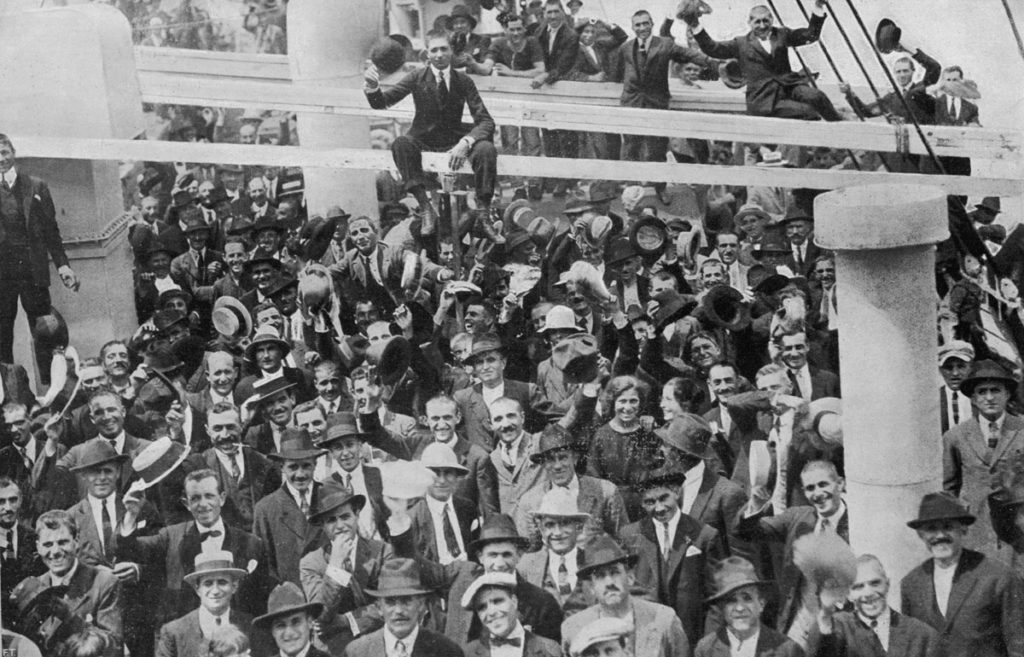
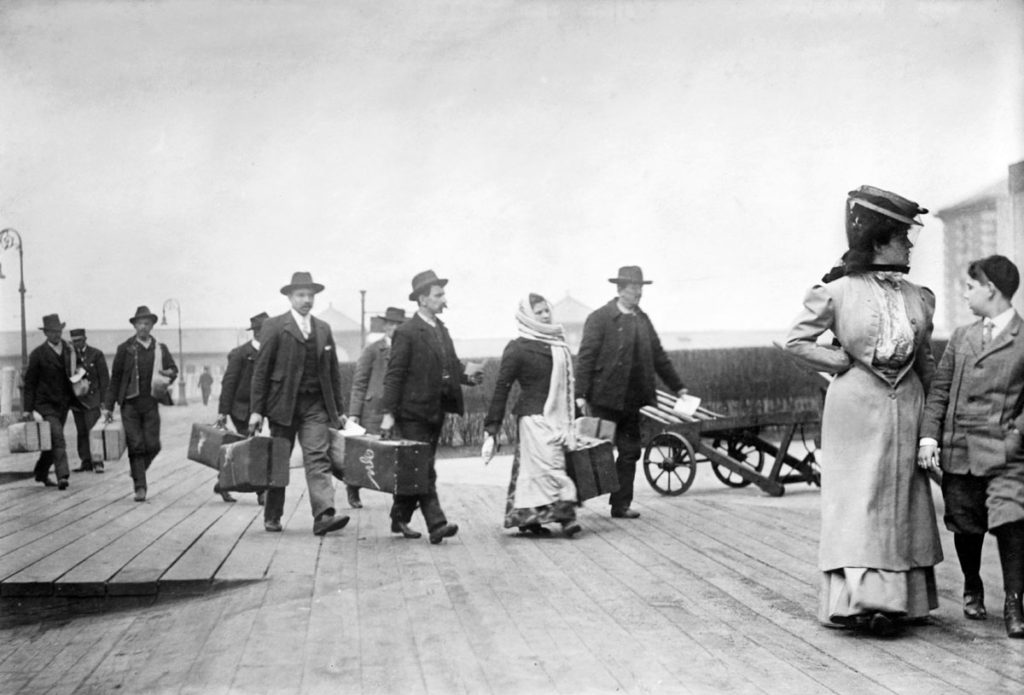
Read also: Travel Limitations are Leaving Global Citizens Behind
Passports Equal Privilege
Depending on which you have, a passport can have benefits and restrictions. Countries that have tighter border control policies often require an entrance visa from non-citizens which creates a filter for governments to keep track of who may or may not enter a country.
States assess quality of life, economies and human rights violations before issuing visas to other countries. Often, these authorisations are expensive and require paperwork to ensure visitors do not overstay their visit.
The topic of immigration remains a top agenda item for the world’s developed nations. Receiving new people implies offering the same benefits citizens have, like health, education, work, and can put pressure on social services. These benefits, which all immigrants don’t necessarily receive upon arrival, make relaxed immigration policies a controversial law for many.
Using biometric ID, electronic passports and artificial intelligence at border control can be potential solutions to stop illegal migration and passport fraud, but these technologies also raise new concerns.
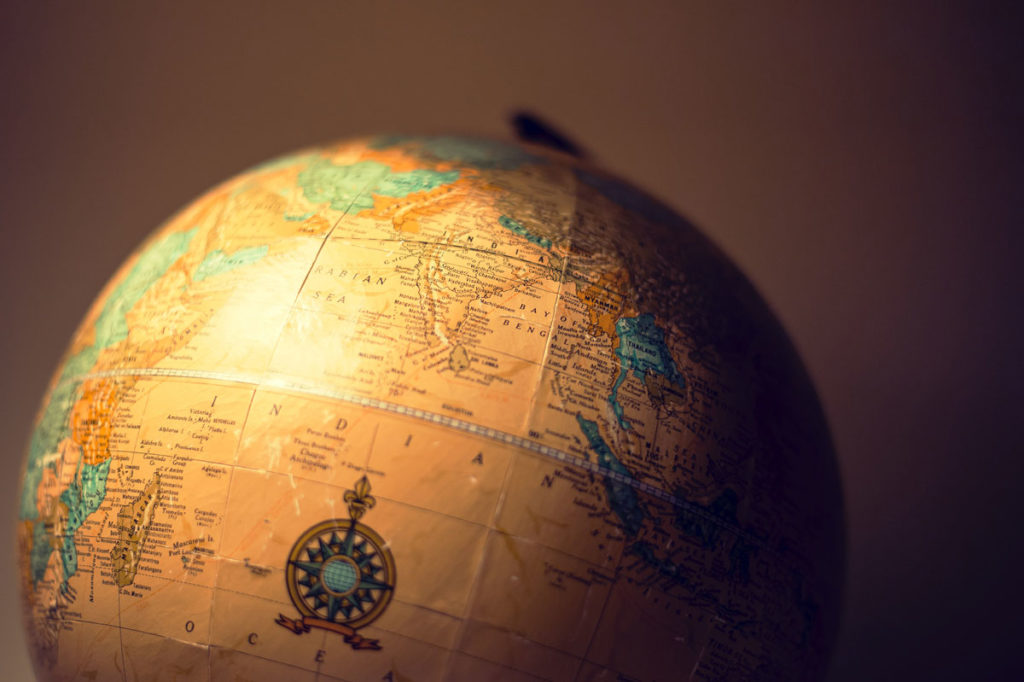
Read also: Digital Borders: Artificial Intelligence in the Travel Industry
Many question the legitimacy of governments collecting traveller information and doubt the safekeeping of their data.
“It seems that [Dominic] Cummings [the British Prime Minister’s Chief Advisor] plans to expand current digital ID implementations into the web – giving the government much more user data to feed on,” says Carl Sinclair, from Reclaim The Net, a group that advocates pushing back against big tech. Think of the convenience of Sign in with Apple, Google or Facebook. It’s perfectly understandable to want to offer new digital ID cards for more efficiency, especially when it comes along with user data that can be sold, he adds.
In the US, facial recognition is optional for citizens, but it is implemented for all international passengers. In the land of freedom, it becomes a constitutional issue. “If we give in to this, we are allowing the government and the airlines to build up giant face-recognition databases of all of us,” says Jennifer Lynch, the surveillance litigation director of the Electronic Frontier Foundation.
According to the US constitution, people can not be searched unless they are suspected of a crime, and anonymity is vital for freedom of speech. Government access to digital IDs makes way for plenty of opportunities to breach the public trust.
Despite the consequences, the public remains wary and sceptical. Many countries around the world are already moving forward with digital passports – “a safe passage” into the future of travel.
This story first appeared in the 2021 print issue of Truly Belong under the title “A Safe Passage in the Digital Age”.
- How Passports Became the Most Important Form of Identification - 29th March 2021

